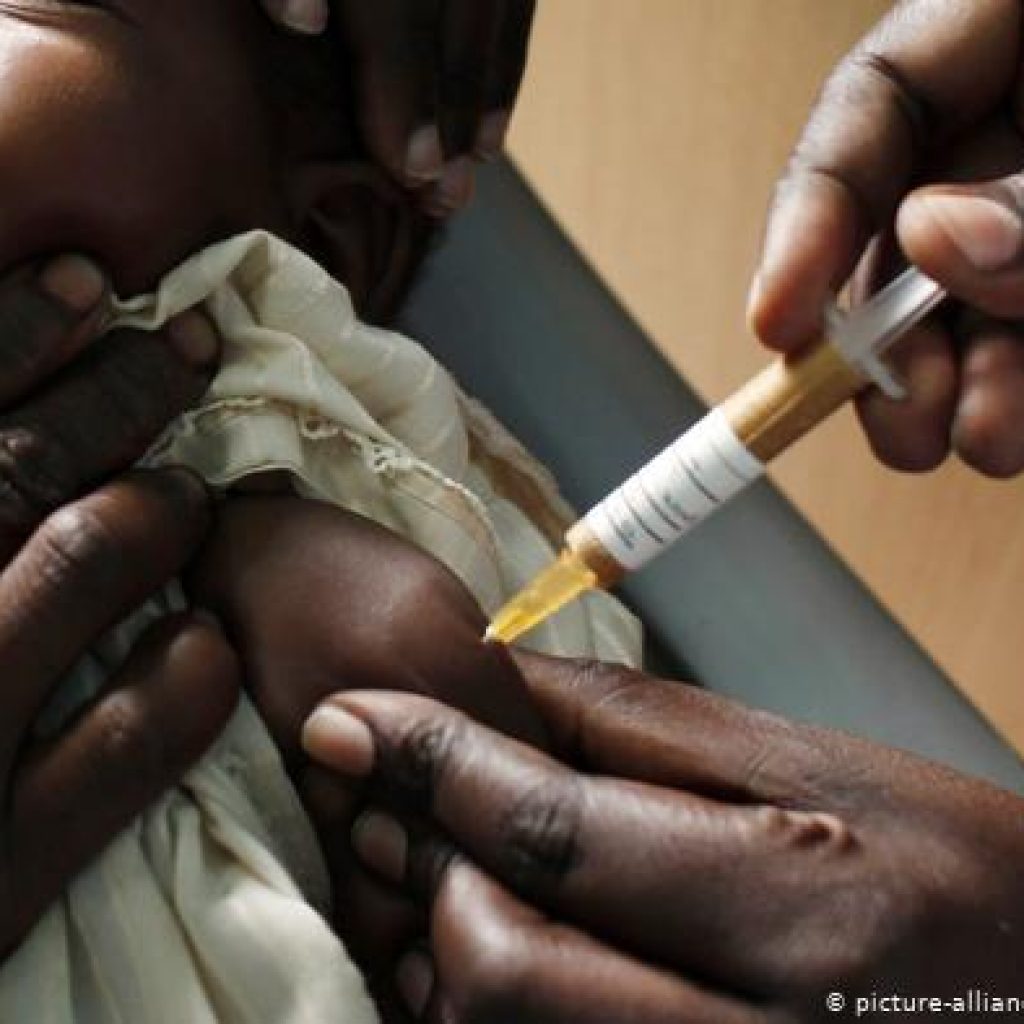
The world has gained a new weapon in the war on malaria, among the oldest known and deadliest of infectious diseases: the first vaccine shown to help prevent the disease. By one estimate, it will save tens of thousands of children each year.
Malaria kills about half a million people each year, nearly all of them in sub-Saharan Africa — including 260,000 children under 5. The new vaccine, made by GlaxoSmithKline, rouses a child’s immune system to thwart Plasmodium falciparum, the deadliest of five malaria pathogens and the most prevalent in Africa.
The World Health Organization on Wednesday endorsed the vaccine, the first step in a process that should lead to wide distribution in poor countries. To have a malaria vaccine that is safe, moderately effective and ready for distribution is “a historic event,” said Dr. Pedro Alonso, director of the W.H.O.’s global malaria program.
Malaria is rare in the developed world. There are just 2,000 cases in the United States each year, mostly among travelers returning from countries in which the disease is endemic.
The vaccine, called Mosquirix, is not just a first for malaria — it is the first developed for any parasitic disease. Parasites are much more complex than viruses or bacteria, and the quest for a malaria vaccine has been underway for a hundred years.
“It’s a huge jump from the science perspective to have a first-generation vaccine against a human parasite,” Dr. Alonso said.






About The Author: David DiGregorio
More posts by David DiGregorio